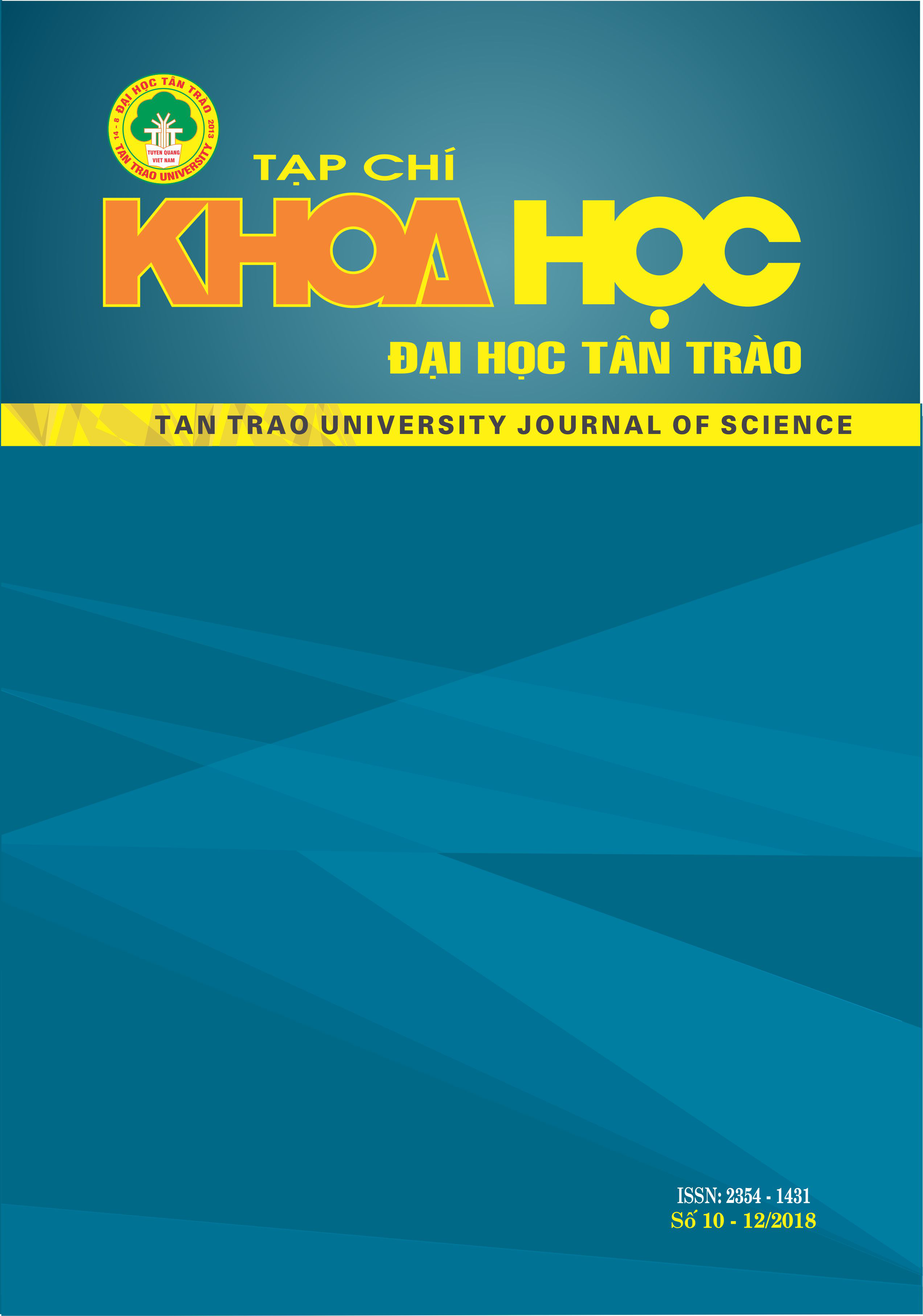Using some principles of discrete mathematics in counting problems for Olympic students
DOI:
https://doi.org/10.51453/2354-1431/2018/242Keywords:
Student; combination; counting problem; principle; rule; discrete.Abstract
Discrete mathematics is a challenging form of math and plays an important role in training the skill of math solving and problem solving in reality for students. Discrete problems are highly focused in the math syllabus of high schools, universities and colleges of many countries in the world. In our country, this form of mathematics has
been insignificantly mentioned in the syllabus, and mainly taught for good students in Mathematics teams due to different reasons. However, if knowledge flow and classification are not mastered completely, even students in Mathematical Olympiad
teams will face challenges in solving this form of math. Therefore, equipping students with basic and advanced knowledge will help them to master this form of math well.
Downloads
References
1. Bộ Giáo dục và Đào tạo - Hội Toán học Việt Nam, Tuyển tập Tạp chí Toán học và Tuổi trẻ, Nxb Giáo dục, 2003.
2. Chuyên đề Trại hè Hùng Vương các tỉnh miền núi phía Bắc 2015-2017.
3. Chuyên đề Trại hè các tỉnh duyên hải đồng bằng Bắc bộ 2016-2017.
4. Diễn đàn MATHCOPE.ORG. Tuyển tập các chuyên đề Tổ hợp,
5. Nguyễn Đễ - Nguyễn Khánh Nguyên (dịch), Một số đề thi vô địch Toán Olympic các nước, Nxb Giáo dục, 1996.
6. Nguyễn Văn Nho, OLYMPIC toán học Châu Á Thái bình dương, Nxb Giáo dục 2003.
7. Nguyễn Đức Nghĩa, Nguyễn Tô Thanh, Toán rời rạc, Nxb Giáo dục 1999.
8. Đoàn Quỳnh, Tài liệu chuyên toán Đại số 10, 11, Nxb Giáo dục, 2006.
Downloads
Published
How to Cite
Issue
Section
License

This work is licensed under a Creative Commons Attribution-ShareAlike 4.0 International License.
All articles published in SJTTU are licensed under a Creative Commons Attribution-ShareAlike 4.0 International (CC BY-SA) license. This means anyone is free to copy, transform, or redistribute articles for any lawful purpose in any medium, provided they give appropriate attribution to the original author(s) and SJTTU, link to the license, indicate if changes were made, and redistribute any derivative work under the same license.
Copyright on articles is retained by the respective author(s), without restrictions. A non-exclusive license is granted to SJTTU to publish the article and identify itself as its original publisher, along with the commercial right to include the article in a hardcopy issue for sale to libraries and individuals.
Although the conditions of the CC BY-SA license don't apply to authors (as the copyright holder of your article, you have no restrictions on your rights), by submitting to SJTTU, authors recognize the rights of readers, and must grant any third party the right to use their article to the extent provided by the license.


